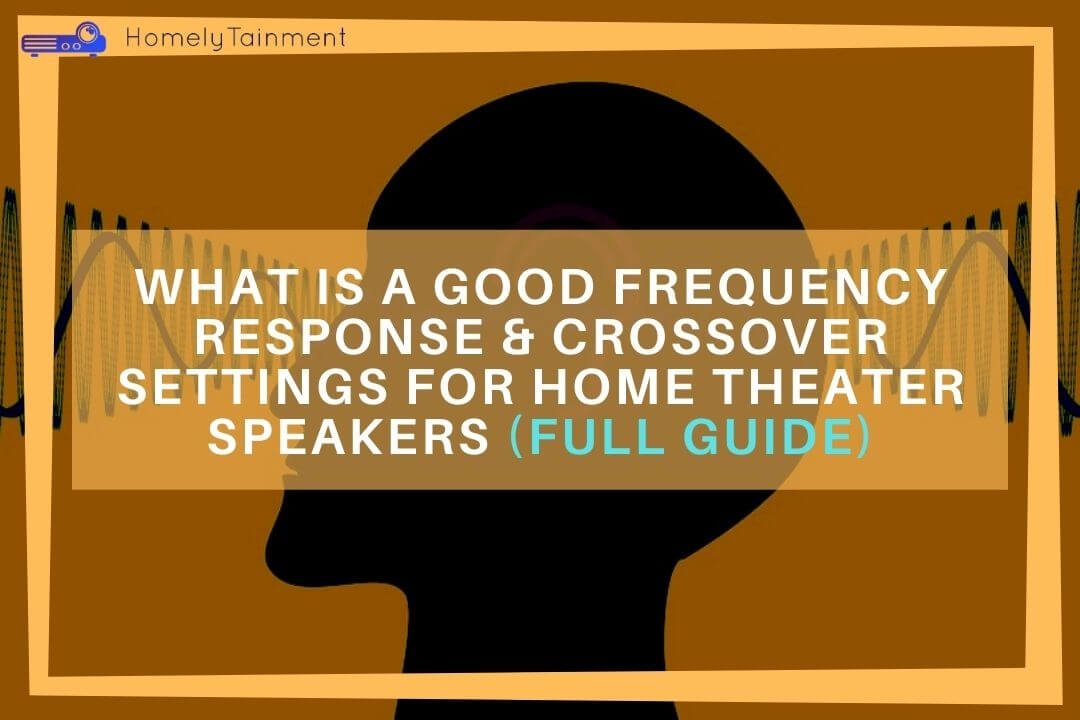
Homelytainment earn commissions (at no additional cost to you) if you purchase products from retailers after clicking on a link from our site.
The sound in home theater is as important as video. That’s why you need a completely immersive sound that can match the video and give you a realistic immersive experience. But what will be the good frequency response and crossover settings for home theater speakers?
At A Glance: Good frequency response for home theater ranges from 40Hz to 20Khz, but the crossover frequency varies for each theater room and speakers channel. That’s why in some rooms the crossover will be 20Hz and for some, it will start from 45Hz. The room acoustics and speaker quality play a significant role.
Keep reading because this was a general frequency response and crossover setting. We will discuss a frequency crossover for each speaker in the home theater. So, after following this guide you can get full immersive sound and remember us in your prayers. But if an atheist is reading it then sorry we are not asking for prayers from you.
Speaker Frequency Response & Crossover Chart
This chart is a rule of thumb for each home theater owner to know good frequency response and set their crossover frequency settings in the sound setup menu of their receiver or processor. Read this article further to know why I believe in this table’s crossover values.
| Speakers Channel | Good Frequency Response | Right Crossover Frequency |
|---|---|---|
| Subwoofer | 20Hz to 120Hz | 120Hz LFE |
| Center Channel | 50Hz to 20Khz | 60Hz |
| Front Left & Right Channels | 30Hz to 20Khz | 40Hz |
| Surrounding Sides Channels | 30Hz to 20Khz | 40Hz |
| Rear Speakers Channels | 70Hz to 20Khz | 80Hz |
| Atmos Speakers | 70Hz to 20Khz | 80Hz |
| Surround or Front Height Speakers Channel | 70Hz to 20Khz | 80Hz |
| Front wide speakers | 35Hz to 20Khz | 45Hz |
Here, I mentioned the frequency crossover. The crossover is that in which one speaker will shift its frequency to another speaker to be played once it surpasses its pre-set crossover Hertz. Here you will need the frequency response ratings of the speakers to match their respective channel crossover.
To make sure the best effects of the setup crossover you should acoustically treat your home theater and soundproof it. Read my guides about it.
What Is A Good Frequency Response For Subwoofers & What Crossover It Should Be Set To?
In-Short: Good frequency response for a subwoofer will be from 20Hz to 120Hz and the crossover should be set to 120Hz crossover.
In-Depth:
Why 20Hz is the start limit? Because I want the bass to go deep enough that it can give me a realistic touch when there are heavy punches, steps, or glass shattering and objects hitting the ground.
Why 120Hz is the end limit and also crossover? Because I don’t want inaccurate basses in my home theater. The bass should be realistic and also frequencies above 120Hz will force the driver to move back and forth very deeply which will shorten the life span of the subwoofer and will also give low-quality bass.
And the frequencies above 120Hz will be shifted to the front left and right speakers because they are capable of playing frequencies above that.
I have written about the best subwoofer for home theater. Go and know about the best ones.
What Is A Good Frequency Response & Crossover Setting For The Center Channel?
In-Short: The good frequency should be 50Hz to 20Khz and it should be set to 60Hz crossover. So, that it can play center object sound and also human voices.
In-Depth: Why 60Hz Crossover? Because I want to have a realistic sound. Most of the dialogues are 80Hz and a few are below that. And also I want the centered objects’ sound as well to come out of the center speaker. For example, if a gun or mobile phone in the hand of the character in the center of the screen is making a sound, I should hear them clearly as well.
Now, I will hear the guns shooting and dialogue clearly when they are centered and will give me full realistic feelings.
I have reviewed the best center speakers here. Some features might shock you.
What Is A Good Frequency Response & Crossover Setting For The Front Left And Right?
In-Short: The front left and right should have 30Hz to 20Khz and should be set to 40Hz crossover, so it can play those low frequencies without damaging its drivers and throw clear sound without distortion.
In-Depth: Why is the 40Hz crossover? Because I don’t want to strain my front speakers by lower frequencies than 40Hz.
This will prevent the drivers from damage and will also play deep dialogues when the character on the screen is talking and walking from left to right or any other object like a train.
It will shift the frequencies to the subwoofer for playing when they go beyond 40Hz.
You should also calibrate the home theater by spl meter. Read my guide about it.
What Is A Good Frequency Response & Crossover Settings For The Surrounding Sides?
In-Short: The surround sides should have a frequency response of 30Hz to 20Khz and should be set to 40Hz crossover because they will deliver the sound effects very well without suppressing the dialogues.
In-Depth: Why is it a 40Hz Crossover? Because I don’t want the surrounding sides to match the 60Hz of the center speakers. By keeping it lower than that, I will hear sound effects like explosions or the car engine noise on the left and right of the screen to not interfere with the dialogue.
I will hear the dialogue and sound effects clearly. It will keep the whole theater experience realistic and easy to understand the whole scene.
I have reviewed the best home theater speakers. Read and know about the best ones.
What Is A Good Frequency Response & Crossover Setting For The Rear Speakers?
In-Short: The good frequency response for the rear speaker is 70Hz to 20Khz and should be set to 80Hz crossover because they always don’t have low bass frequencies to play.
In-Depth: Why 80Hz crossover? Because in the background there are usually mid-range frequencies of voices or sounds. Like vehicles running beyond the character on the screen or spectators cheering like in the Gladiator movie. From mid-range I mean 70Hz to upward.
But when explosions are happening in the background such as in 007 or mission impossible movies then those sounds will be shifted to the subwoofer to be played.
That’s why I always recommend affordable and regular-quality speakers for the rear positions. You don’t need a HIFI piece there. It will save you shopping money and will also keep a light hand on your electric bills.
What Is A Good Frequency Response & Crossover Setting For The Atmos Speakers?
In-Short: The good frequency response for Atmos speakers is 70Hz to 20Khz and it should be set to 80Hz crossover because they too don’t get those low frequencies to play.
In-Depth: Why 80Hz crossover? Because above the head, there is usually rain, birds, bullets, or planes flying by. For that, it doesn’t need low frequencies to play.
But when it is thunder rumbling or a gun is shooting from a helicopter then it will shift those frequencies to the subwoofer to play. The sub will give that thumping effect to it.
What Is A Good Frequency Response & Crossover Setting For The Surround Or Front Height Speakers?
In-Short: The good frequency response for height speakers is 70Hz to 20Khz and should set them to 80Hz crossover. Because they too don’t get low frequencies to play.
In-Depth: Why 80Hz Crossover? Because there always be a bird, bullet, or plane flying by. Sometimes it will rain hitting some windows or the balcony in the movie on the screen.
For that, it doesn’t require low frequencies throughout. These are mid-range frequency sounds. But when there is a gunship helicopter and it is shooting, it will shift that frequency sound to the subwoofer.
I have reviewed the best wall mount speakers. That review will help you a lot to understand them better.
What Is A Good Frequency Response & Crossover Setting For The Front Wide Speakers?
In-Short: Good frequency response should be 35Hz to 20Khz and the frequency crossover for this should be set to 45Hz because it will help to distinguish between the dialogues on the center, front left and right, and the wide front sides.
In-Depth: Why 45Hz crossover? Now, I will be able to hear the bass-heavy sounds in the front wide sides with more realism and will also hear the dialogues in the center clearly.
This is very crucial to enable my ears to distinguish between the dialogues in each section of the screen accordingly.
FAQs
Is higher or lower Hz & Crossover frequency better for sound?
The better Hz definition varies from situation to situation. As for the bass then the lower frequency is better. You need subs that can go to 20Hz. After this, it can give you deep bass and a realistic home theater experience. That’s why here lower crossover and frequency are better.
For dialogues, you need a speaker that can throw sound below 80Hz. The ideal center speaker will be one that can throw frequencies up to 60Hz comfortably.
For background sound effects the better frequency will be 80 Hz.
Look there is no better higher or lower frequencies better are those that can deliver their assigned job.
How does Hz affect sound quality?
If there are shrill and piercing sounds then the frequency will be very high in this situation. But when there are more thumping and deep sounds like explosions and slamming of the door where the frequency will be lower.
Hz affects both the sound and speakers’ lifespan. Because if you want to throw a frequency below 40Hz by a speaker that is rated as 50Hz then it can damage the speakers and will shorten their lifespan. The higher frequencies than the rated frequency will also harm the speakers.
So frequencies will affect both the sound and the speaker.
Is 35 Hz low enough?
It is enough for most of the sound to set your speakers to 35Hz frequency crossover but it is not suitable for bass sounds.
If the subwoofer is capable of going to just 35Hz and not beyond that, then it will not throw a deep bass. This will dramatically affect the whole movie, gaming, or music experience. You will not get the quality that producers want you to get.
You need a subwoofer that is rated at least 15Hz, after that it can give realistic and deep bass. And this 15 is way lower than 35. It is basic mathematics.
Helpful Resources For The FAQs To Read More
- Know more about it on SoundGuys. (Resource for the second answer)
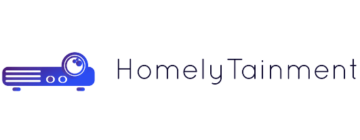
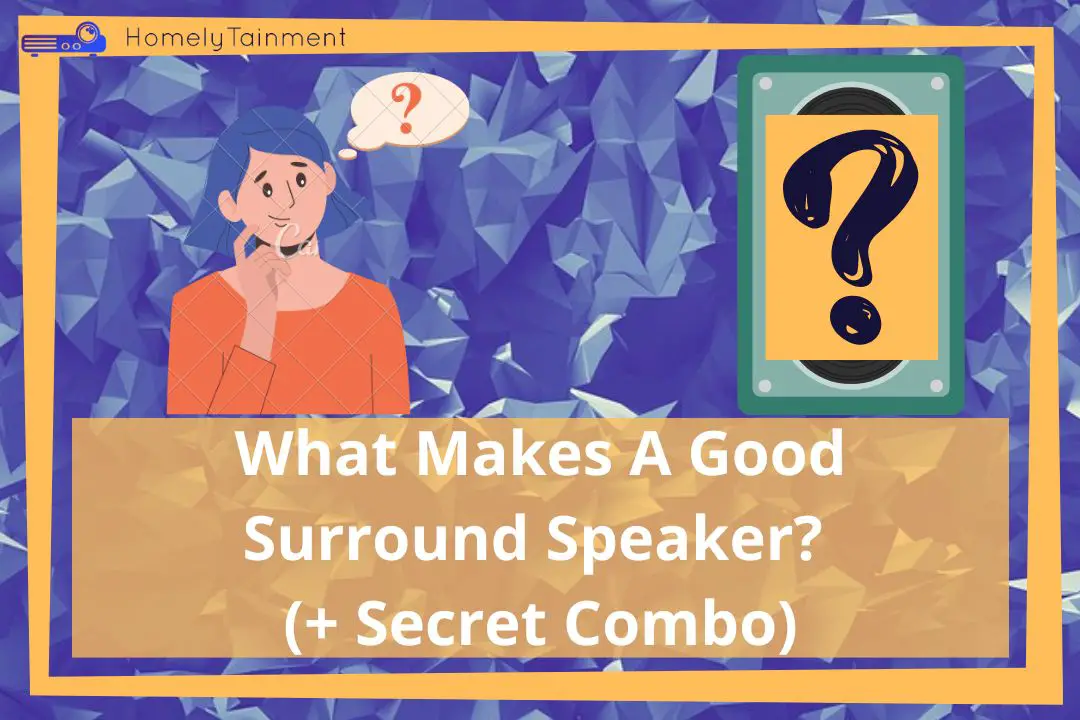
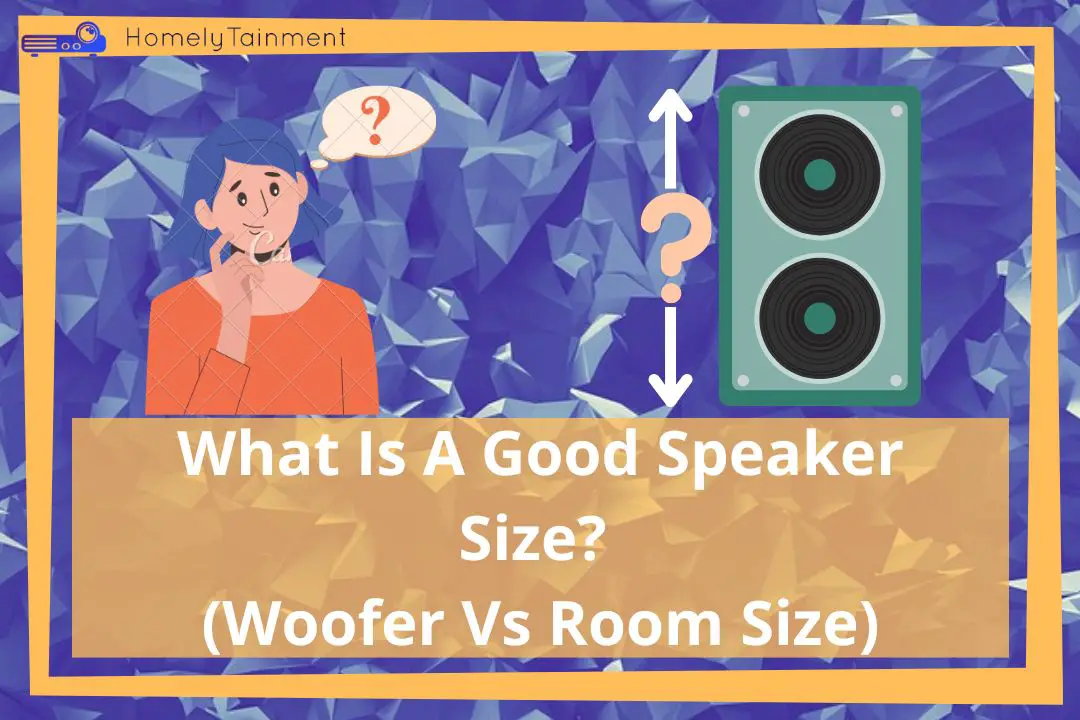
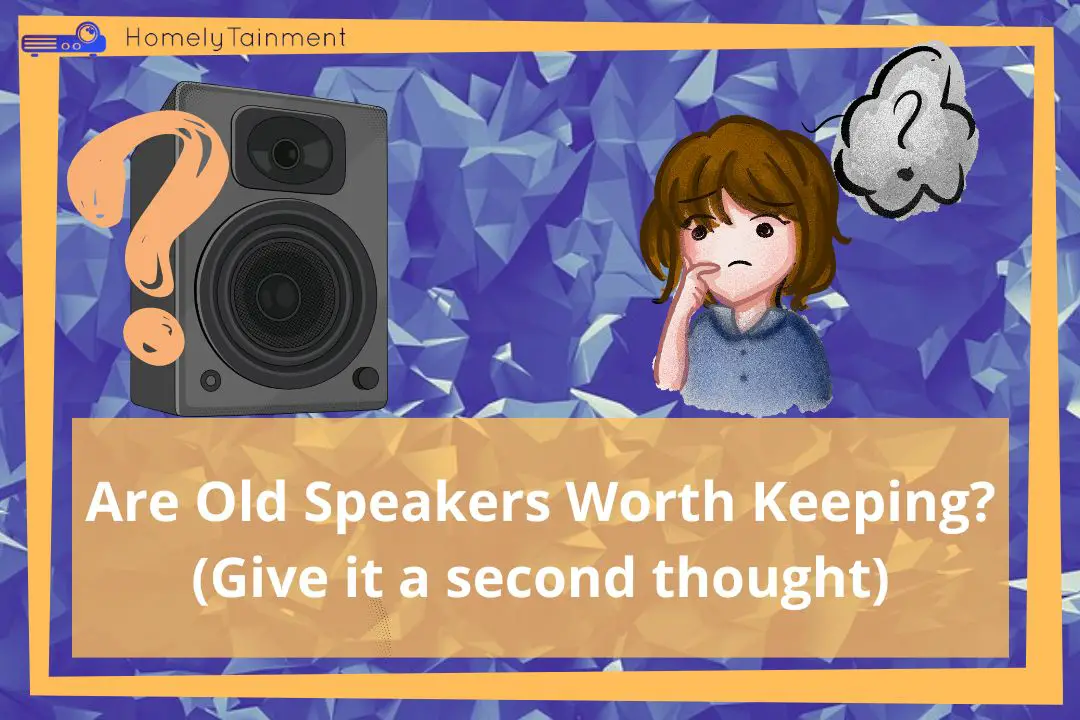

The high end frequency spec that you continually list is 120KHz. Since it’s estimated that the top end of human hearing is 20KHhz, I’m thinking that you inadvertently carried 120Hz from your subwoofer discussion and typoed it into 120KHz. Am I right, or is this for a skin tingling effect that I’m not aware of ?
Dear, John Hebert. Thank you very much for driving my attention to it. It was a mistyping error. You can check the table, all values in it are correct. Sorry for the mistake.
And yes, home theater speakers can’t go till 120kHz and no production company will decode their movies and content in this Hz. Because there is no need for this level of frequency.
It is impossible for home speakers to produce 120kHz and for human ears to detect.